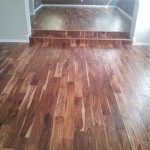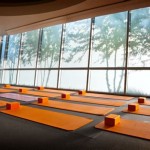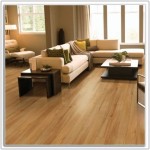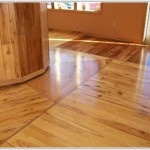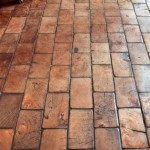Essential Aspects of Non Slip Gym Flooring
Non slip gym flooring plays a crucial role in ensuring safety and comfort during various fitness activities. Its purpose is to provide a stable and secure surface that minimizes the risk of slipping and injuries. When choosing non slip gym flooring, there are several key aspects to consider.
Type of Surface: Non slip gym flooring can be manufactured from different materials, including rubber, vinyl, and interlocking tiles. Each material offers unique benefits in terms of durability, cushioning, and slip resistance. Rubber flooring is known for its high impact absorbency and durability, while vinyl flooring is more versatile and easy to clean. Interlocking tiles provide a portable and customizable flooring solution.
Thickness and Density: The thickness and density of non slip gym flooring determine its durability and cushioning properties. Thicker and denser flooring provides better impact absorption and reduces the risk of joint pain. For high-impact activities like weightlifting and cross-training, thicker flooring is recommended.
Slip Resistance: The slip resistance of gym flooring is measured by its coefficient of friction (COF). A higher COF indicates better slip resistance. Opt for flooring with a COF value of 0.5 or higher to ensure a secure grip, especially in areas where moisture or sweat is present.
Cushioning and Support: Non slip gym flooring should provide adequate cushioning to absorb shock and reduce muscle fatigue. This is particularly important for exercises that involve jumping or running. High-density foam padding or rubber underlays can enhance the cushioning properties of the flooring.
Durability and Maintenance: Non slip gym flooring should be durable enough to withstand heavy foot traffic and the constant impact of weights and equipment. Consider flooring with a wear layer that protects the surface from abrasion and damage. Opt for flooring that is easy to clean and maintain to ensure optimal hygiene and longevity.
Other Considerations: Other aspects to consider include the flooring's aesthetics, noise absorption properties, and compatibility with different types of fitness equipment. Non slip gym flooring should complement the overall design of the gym, reduce noise levels to enhance workout focus, and accommodate the equipment used.
By considering these essential aspects, you can choose non slip gym flooring that optimizes safety, comfort, and performance for your fitness establishment. A well-chosen flooring system will provide a stable and supportive base for all your workouts, reducing the risk of injuries and enhancing the overall fitness experience.

Safety High Quality Non Slip Commercial Fitness Rubber Gym Flooring Mat Buy Floor Durable Compound On Sol

Fitness Non Slip Gym Rubber Flooring Tile China Whole Mats Made In Com

Rubber Gym Mats Robust Non Slip Flooring

Gym Mat Flooring Tile Professional Bounce Non Slip Shock Absord China Rubber Tiles Floor Made In Com

Rubber Gym Flooring Cut Lengths Adds Durability Hard Surface

Extra Large Exercise Mat 96x54 Inch Non Slip Workout Mats For Home Gym Flooring Ultra Durable 7mm Thick Cardio Plyo Mma Jump Weightlifting Shoe Friendly Eco Com

Metis Rubber Gym Flooring Mats Net World Sports

Gym Flooring Foam Mats Interlocking Exercise Eva Floor Tiles Strongway Supplies
Rubber Gym Flooring Roll Mat Heavy Duty Non Slip 1m Wide Up To 10m Long

Pro Space Purple High Density Yoga Mat 72 In L X 31 5 W 0 4 T Pilates Gym Flooring Non Slip 15 75 Sq Ft Nym7231504pu The Home Depot
Related Posts

